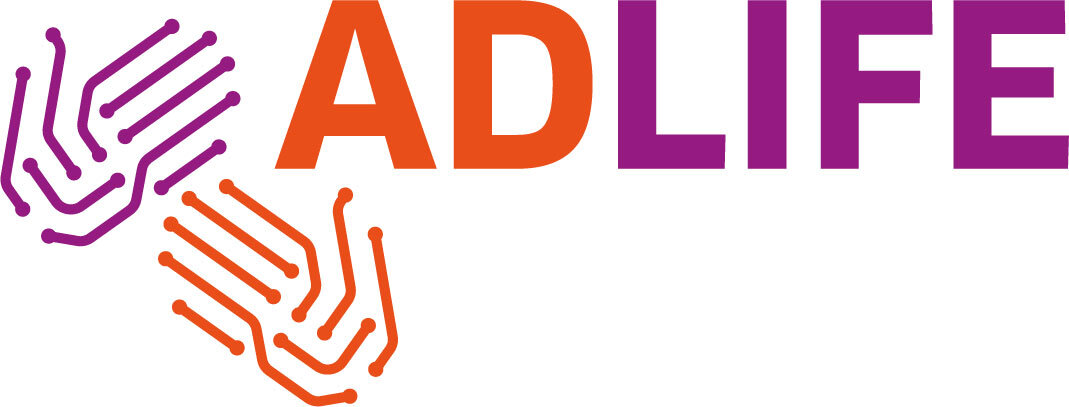Early Warning System of ADLIFE
ADLIFE Early Warning System: key to slowing down the progression of a disease
The early detection of signs of deterioration
The early detection of any signs of deterioration of their health condition is crucial for patients with advanced chronic diseases.
One of the challenges we are tackling with the ADLIFE project is to help monitoring these early warning signs digitally. The ADLIFE platform therefore contains an early warning system (EWS) which will trigger warnings, alarms and notifications when it anticipates prospective disease progression. The platform will subsequently suggest specific actions to be undertaken.
The first of three clinical decision support systems
EWS is the first of three clinical decision support systems (CDSS) we implement in ADLIFE besides evaluation scales and digitalized clinical guidelines. They all have the potential to anticipate the evolving needs of the patient based on predictive patterns.
The CDSSs requirements are being designed by the ADLIFE clinical reference group and reflect clinical standard procedures and their expert experience. Thus, CDSSs will support the clinicians and the multi-disciplinary team's needs.
To anticipate the patients’ evolving needs, we use clinical decision support systems (CDSSs) based on predictive patterns.
CDSS role in personalized care plans
When our EWS detects care needs, it can suggest dynamic and personalized care interventions to the care team and the patient, which highly supports the personalization of the ADLIFE care plans.The care team and the patient while collaborating on the plan development can also make use of the recommendations presented by the two other CDSSs. Thus, the objectives, activities and treatments of ADLIFE care plans are tailored for each patient.
The clinical decision support systems constitute a differentiating element of the ADLIFE personalized care plans.
Artificial Intelligence
The EWS is an artificial intelligent tool based on Machine Learning risk prediction models, which anticipate the evolving needs of patients with advanced chronic diseases. The ADLIFE team is currently occupied with defining the risks intrinsic to chronic diseases progression that will be the basis for the ADLIFE prediction model.
Who is involved in the Early Warning System component of ADLIFE?
Work packages 5 and 6 have tailored a simple framework for implementing the clinical-by-design approach. Within this framework, WP6 has convened a working group with experts to define what we want to prevent from happening to the patient with COPD and / or heart failure as the main diagnosis.
By means of answering a six questions form, WP6 has productively delivered a summary of the working group’s consensus on the predictions to be implemented by the ADLIFE EWS. This set of predictions are the bases for WP5’s tech team to design and develop Machine Learning algorithms according to experts' needs. The session was led by Jessica Isaksson and Mikael Lilja, WP6 leaders and project leaders of Region Jämtland Härjedalen, who both agreed that “experienced healthcare professionals in each encounter assess large amounts of information simultaneously and in combination with each other, sometimes unconsciously. Putting words on it and prioritizing what information is most important was not easy.”
In the ADLIFE EWS, the models will predict the personal evolution of every patient. The assessment of the priority of an adverse event is crucial for the early warning algorithm design and Aratz Setién, WP5 leader and team leader in Data and Analytics, Everis, reveals the team highly appreciate the effort of the expert working group. “We are aware of the difficulty behind the question: every clinician would like to predict every possible event which compromises patient’s wellbeing instantaneously. And we aim to [do] that by starting with the must-be events.”
To that end, the WP5 team is working on Proof of Concept architectures for the cutting-edge machine learning systems preserving confidentiality of data and, at the same time, boosting predictive model reliability.





